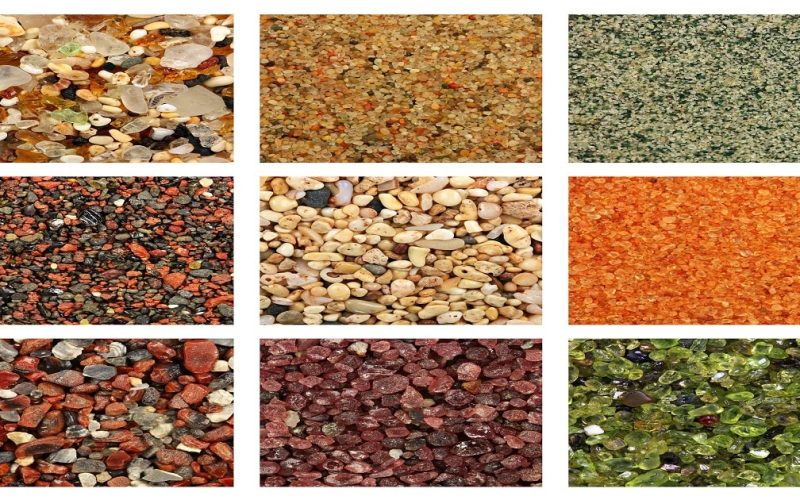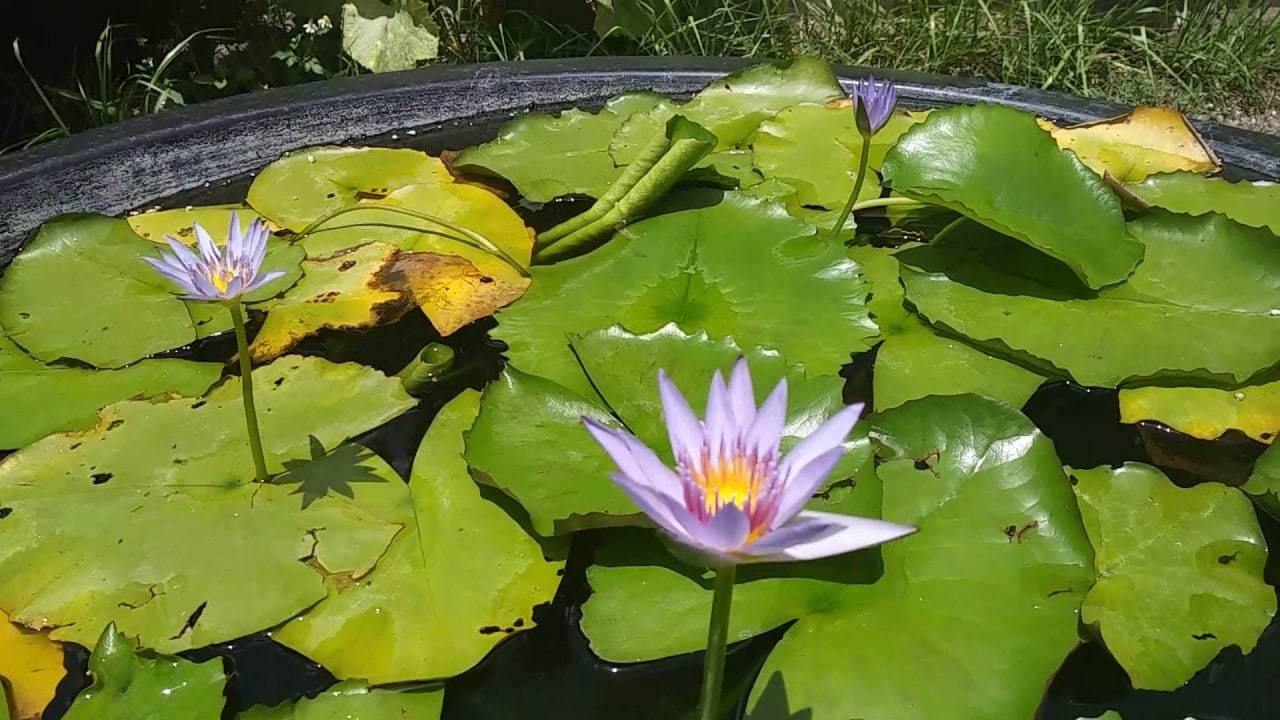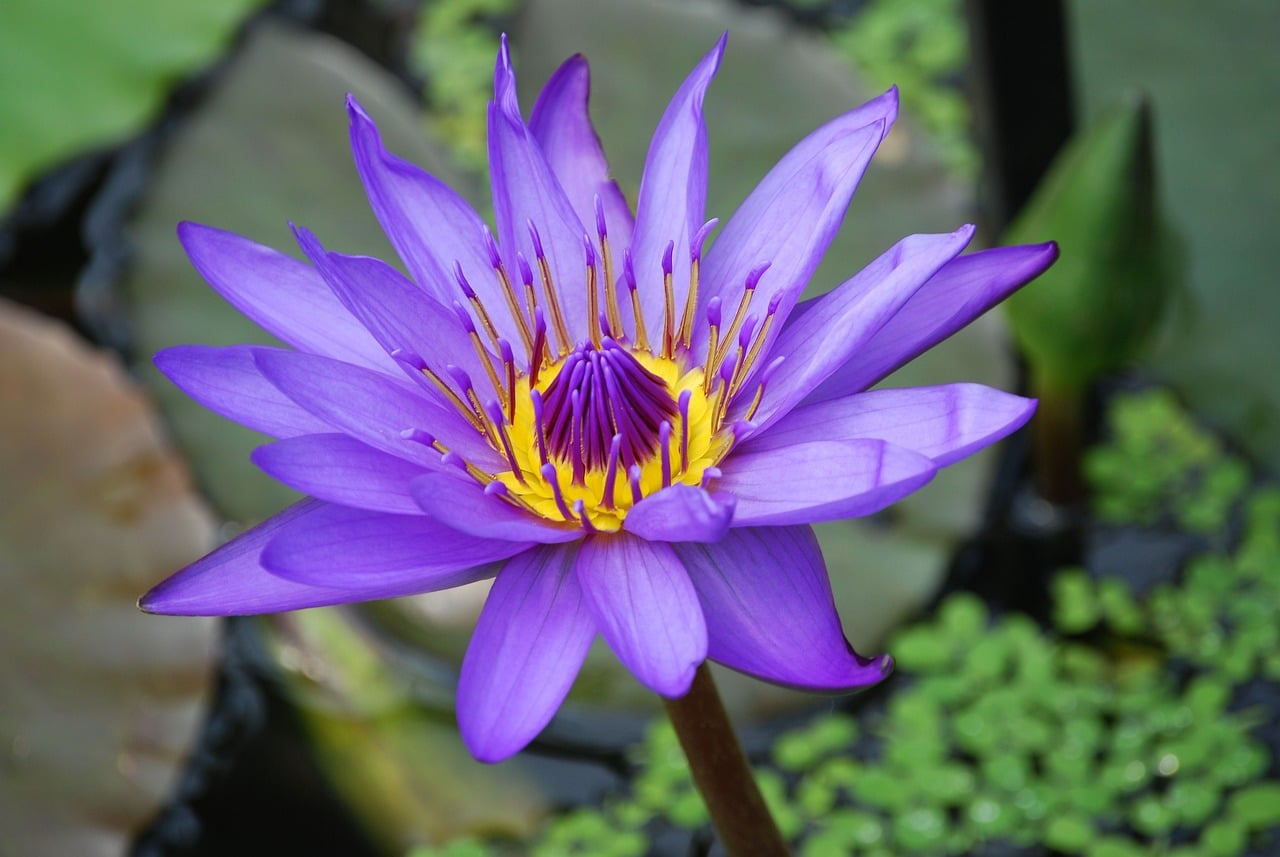Sand is from rocks that have been broken up and eroded over time and broken down to form much smaller particles; however, there are different types of sand based on their color and size.
Erosion of soil, weathering of the rocks, broken pebbles, and gravels carried by the rivers, streams, etc., caused most types of sand.
Furthermore, Silica is one of the primary ingredients of sand. Silica is a naturally occurring material found in nearly a quarter of the Earth’s crust.
Sand is arguably one of the most used materials in the building industry. Furthermore, Several products like concrete and mortar, bricks and blocks, glass, casting molds, and many other things come from sand.
Different Types of Sand
There are two ways of classifying different types of sand.
They are;
- Based on the color
- Classification based on Miscellaneous factor
- Based on the size
Classification based on the color
White sand
From the name, the color of this type of sand is white. The white sand is eroded limestone and contains coral and shell fragments. Furthermore, white sand may also contain magnetite, chlorite, glauconite, coral, and shell fragments.
Black Sand
The color of this type of sand is black, and it is essentially volcanic material, fragments of lava, and coral deposits.
Pink sand
This type of sand is reddish-pink. Foraminifera, a microscopic organism with a reddish-pink shell, is responsible for the reddish-pink color of the sand.
White-Grey sand
This sand is a type of sand that comes from white sand and has white-grey color. Furthermore, this sand is well-graded.
Red- Orange Color
Red-orange color is a type of sand that has the characteristics of reddish-orange color. Furthermore, Iron oxide is responsible for the red-orange color.
Light Brown Color
As the name implies, this type of sand is light brown, and it essentially consists of rounded grains.
Classification based on Miscellaneous factor
Coral Sand
Coral sand is a type of sand known to be light-colored sand mainly composed of calcareous fragments. Furthermore, It consists of a mixture of particles originating from the tropical and the sub-tropical marine environments.
Furthermore, the coral sand is abundant in the Caribbean, around Hawaii, Polynesia, Indonesia, the Indian Ocean, the Australian North coast, the Red Sea, etc.
Immature sand
This type of sand is composed of the same minerals that make up its parent rocks.
Glass Sand
This type of sand mainly consists of silicon dioxide, the main element. Furthermore, glass sand is suitable for water purification and filtration, road, and concrete.
Gypsum Sand
This type of sand consists of the calcium sulfate dihydrate as the significant component, called Gypsum (CaSO4. 2H2O). Gypsum is soluble in water.
Ooid Sand
This type of sand is pellet rounded and spheroidal coated sedimentary grains. Furthermore, The main constituent of Ooid sand is calcium carbonate. The diameter of Ooid sand is less than 1mm.
Pit Sand
Pit sand is pure sand. Furthermore, It’s collected from the bottom by digging a pit.
Furthermore, Sand grains are primarily sharp and porous. The depth is about 1m – 2m from the floor stage.
However, its superior high quality is extensively utilized in civil building and mortar making. However, the fine pit sand does not stain when rubbed between the fingers.
River Sand
This type of sand is at the river beds and banks. Furthermore, They are almost white. The river sand grains are more desirable for the plastering works because they are comparatively smaller than the pit sand.
Sea Sand
This kind of sand is from the seashore, and the sea sand is light brown. We don’t use sea sand for building because of the availability of salt.
Furthermore, this sand also contains a significant amount of organic matter, which duly decomposes in the body of the mortar—reducing their strength as well as the life span and strength.
Green Sand
This type of sand consists of greenish materials, and it is in various deserts of the world.
Brick Sand
Brick sand is a type of sand that we use for brickwork. Furthermore, the finest modulus of this sand should be 1.2 to 1.5 and should not contain more than 4% silt.
Plaster Sand
Plastic sand is a type of sand that we use for plastering work. Furthermore, the most acceptable modulus should not be more than 1.5, and silt content should not be more than 4% in this type of sand.
Lithic Sand
Lithic Sand sand is composed of tiny rocks or comparatively more little rock fragments.
Olivine sand
This type of sand is volatile. For steel casting sectors, you can use olivine sand. But, it is a common sand mineral in some areas and sometimes makes up a significant part of the sand.
Volcanic Sand
This type of sand is in the affected areas by volcanoes. Furthermore, the volcanic sand is dark in color. Sometimes, some amount of coal is in the volcanic sands.
Silicon Sand
Quartz sand is another name for silicon sand. Furthermore, Silicon dioxide or quartz is the main element that forms this sand.
Classification based on the size
- Fine sand: This type of sand is for plastering work. Furthermore, the sand passing through a sieve with an opening of 1.5875 mm
- Coarse sand: It is for mortar and masonry works. Furthermore, The sand passes through a sieve with an opening of 3.175 mm.
- Gravelly sand: The sand is passing through a sieve with an opening of 7.62 mm called gravelly sand. Gravelly sand uses for concrete work. In conclusion, It is generally used for concrete operations.









